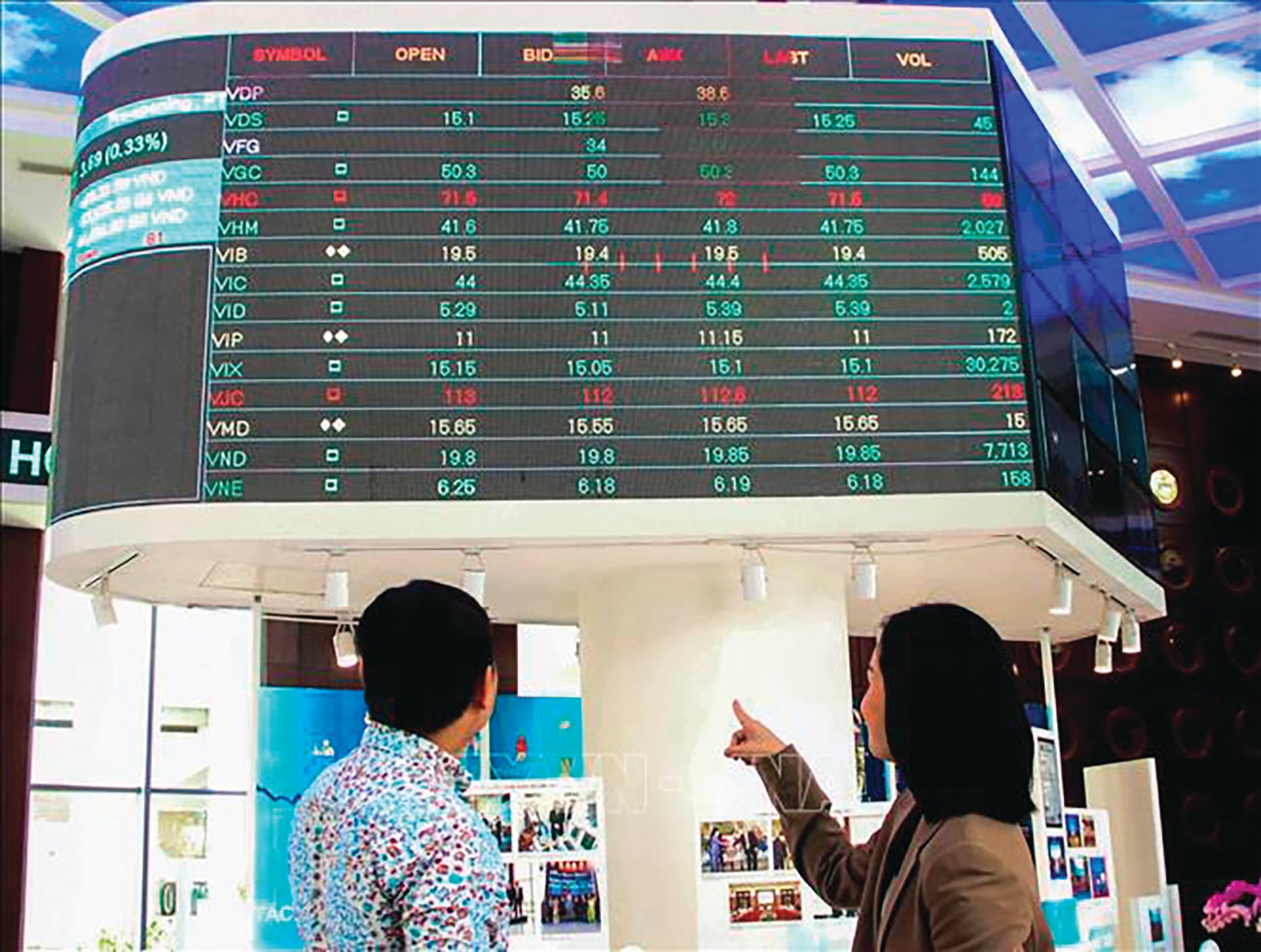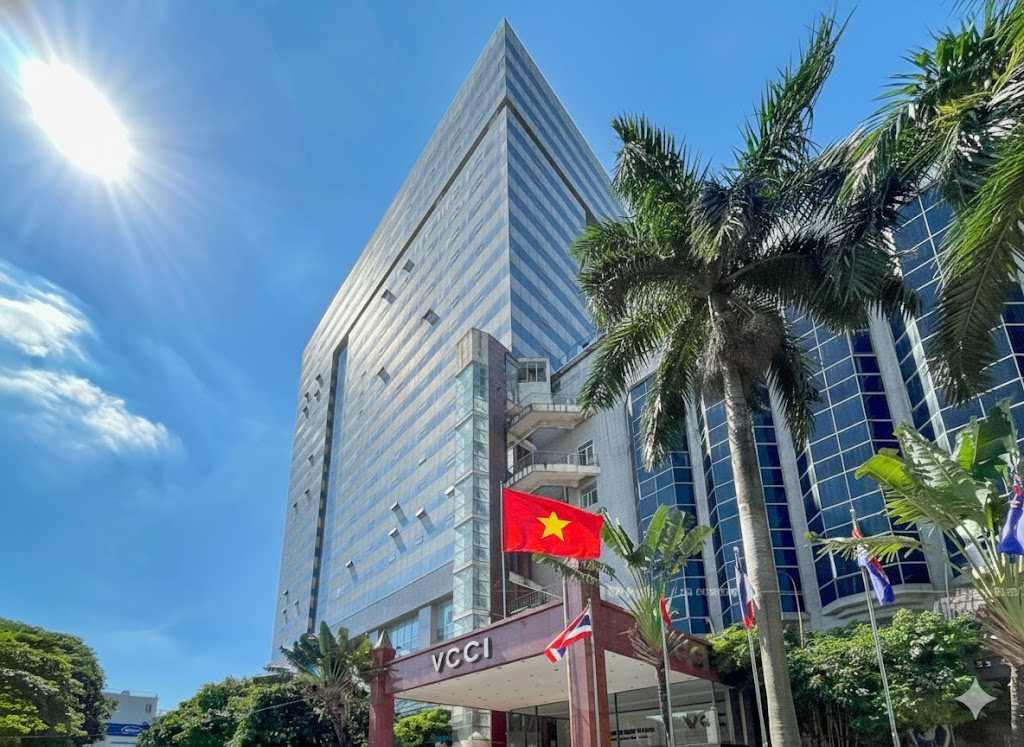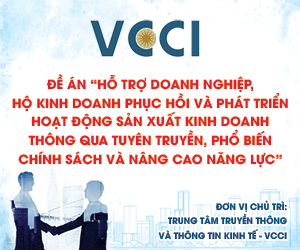What stocks serve as a safe haven amid tariff storm?
As global trade remains fraught with risks, many investors are left wondering which stocks can act as a shield against tariff impacts.

Although U.S. President Donald Trump recently announced a 90-day postponement of new tariffs and reduced rates to 10% for several countries, he simultaneously raised tariffs on Chinese goods to an unprecedented 125%. This move has done little to ease the overall uncertainty surrounding global trade.
During a meeting with U.S. Trade Representative Jamieson Greer, Vietnam’s Deputy Prime Minister Ho Duc Phoc proposed that despite the 90-day delay, the two nations should quickly negotiate a bilateral trade agreement to establish a long-term framework for stable and mutually beneficial economic relations. This would align with the comprehensive strategic partnership between Vietnam and the United States. The U.S. side expressed agreement with the proposal.
Economist Vo Tri Thanh pointed out that the U.S.'s elevated import tariffs could significantly impact three key areas of Vietnam’s economy. First, the competitiveness of Vietnam’s major export products—such as machinery, electronic components, mobile phones, apparel, and footwear—may be eroded, especially when competing against countries enjoying lower tariff rates. Second, despite the 10% tariff rate for Vietnam, foreign direct investment flows—particularly manufacturing investments shifting to Vietnam under the China 1 strategy—may be affected in the broader Southeast Asian context. Third, the USD/VND exchange rate will likely face additional pressure, as Vietnam may need to increase its imports from the U.S. to reduce its trade surplus.
Alongside the banking sector, Vietnam’s stock market has also reacted negatively to the tariff shock. On April 3, 2025, the VN-Index suffered its steepest one-day drop in history, plunging 6.68%. The downturn continued on April 4, with the index losing a total of 107 points over two days. However, following Trump’s announcement of the tariff delay, the VN-Index rebounded by over 70 points on the morning of April 10.
In this turbulent context, Duong Van Chung, Director of MBS’s Northern Branch, believes that three sectors stand out as potential “safe havens” for investors: real estate, power, and public investment. Although the real estate sector showed limited momentum in the first quarter of 2025, it continues to benefit from strong product handovers and improved profit margins compared to last year’s low base.
In Ho Chi Minh City, the scarcity of land in developed urban areas has driven up prices for landed properties, pushing new supply further eastward, notably in areas like Thu Duc. Meanwhile, in Hanoi, the supply of landed properties is expected to rise in 2025, particularly in suburban districts such as Dong Anh and Gia Lam, where improved infrastructure has also driven up prices.
Key developers like VHM and DXG have reported better profits thanks to more efficient project deliveries, while southern firms are expected to complete deliveries of high-rise projects like Privia (KDH) and Akari (NLG), as well as some landed projects such as Gem Sky World.
The power sector is another area considered relatively resilient. Analyst Nguyen Huy Ban of VPS Securities notes that although electricity consumption only grew by 6% in the first quarter of 2025, the government’s firm commitment to achieving 8% GDP growth this year means short-term demand remains strong.
Hydropower output is recovering from a weak base last year, helped by favorable weather and more flexible reservoir management. Companies like REE and HDG, which experienced low output in 2024, now have room to rebound.
In the gas-fired segment, although total output dropped by 22% in Q1, several plants—including POW’s, Ca Mau 1 & 2, and NT2—have performed steadily, with NT2 seeing a clear recovery in output. These developments present opportunities for investors in stocks such as REE, NT2, POW, and HDG.
Finally, public investment is expected to provide a safe and stable opportunity for investors. According to Chung, public investment disbursement is projected to grow by 14% in 2025, as the government aims to make it a central pillar of GDP growth. Accelerating progress on key infrastructure projects could significantly benefit construction firms by allowing them to record faster revenue from completed work.
Additionally, the rollout of new expressway projects connecting economic zones—such as the Huu Nghi – Chi Lang route, planned for the 2025–2028 period—could create favorable growth conditions for companies operating in the infrastructure and construction sectors.








